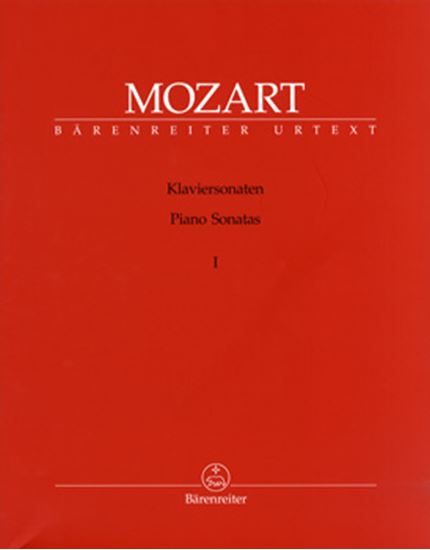Mozart, Wolfgang Amadeus : Sonate für Klavier Nr.3 Mov.1 Allegro moderato
Work Overview
Genre:sonata
Total Playing Time:4 min 30 sec
Copyright:Public Domain
Commentary (1)
Author : Ooi, Kazurou
Last Updated: July 21, 2025
[Open]
Author : Ooi, Kazurou
First Movement: Instrumental Conception and Non-Harmonic Tones
Although the first movement is conceived with instrumental music in mind, it also features many octaves, making it a piece of grand scale. Nevertheless, one must not forget to maintain delicacy within it. This first movement contains many non-harmonic tones, many of which are placed on strong beats. When non-harmonic tones appear on strong beats, it is because the composer intentionally wishes to emphasize those notes, and performers should pay due attention. Be careful not to rush like an etude just because 32nd notes appear.
For example, in the right hand of measure 27, beat 2, A and F are passing tones that fall on strong beats. Since the G written after A is the resolution, play the resolution more softly. Since the E written after F is the resolution, play the resolution more softly.
In the right hand of measure 28, beat 1, a G is written, which is an appoggiatura. Since the F written after it is the resolution, play the resolution more softly.
The C written at the beginning of measure 2, beat 1, is a non-harmonic tone. The chord is B-D-F, but C enters at the beginning. Another C appears on beat 1. In this case, consider the D on beat 2 as the resolution. Therefore, give volume to the downbeat of beat 1, and decrease the volume as you approach beat 2, reaching D.
The D in the right hand of measure 42, beat 1, is also a suspension, and similarly, the C in the right hand of measure 43, beat 1, is also a suspension. Thus, never playing the many non-harmonic tones as if they were insignificant is a key performance tip.
PTNA & Partner Channel Videos(5items)
Sheet Music
Scores List (9)

(株)全音楽譜出版社

(株)全音楽譜出版社

(株)全音楽譜出版社

(株)音楽之友社

(株)全音楽譜出版社

ヘンレ社(ヤマハ)

(株)音楽之友社








